Mastering Light Travel Without Sacrificing Comfort
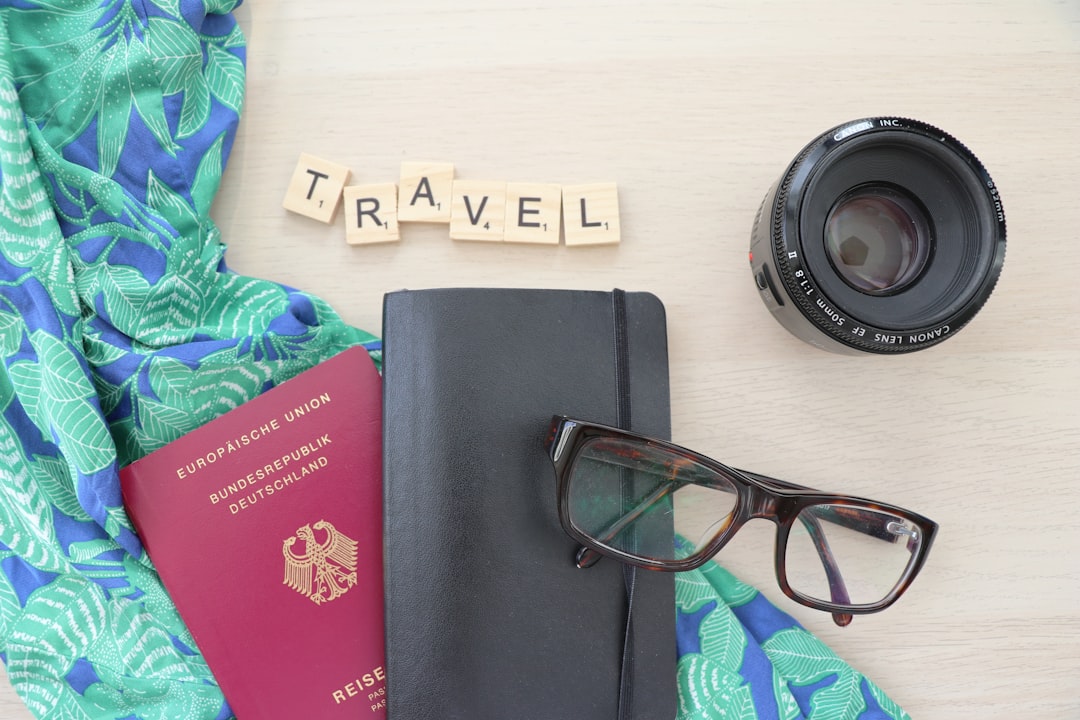
Introduction
Traveling light is often presented as a trade‑off: you lose the comforts of home in exchange for mobility. For digital nomads this perception can be especially limiting because work, health, and personal wellbeing all depend on a stable, comfortable base, even if that base moves every few weeks. The good news is that comfort does not have to be sacrificed when you shrink your suitcase. By applying minimalist principles, choosing multi‑purpose gear, and planning with sustainability in mind, you can create a travel system that feels as snug as a favorite couch while still fitting in the overhead bin of any flight.
In this article we explore how to master light travel without giving up the comforts that keep you productive, healthy, and happy on the road. We cover mindset shifts, core packing philosophies, specific clothing and gear recommendations, health‑focused strategies, and sustainable practices that align with a nomadic lifestyle. By the end you will have a clear roadmap to travel lighter, travel smarter, and travel sustainably—all while preserving the comforts that matter most.
The Mindset of Minimalist Comfort
The first step toward light travel is a mental shift. Minimalism is often misunderstood as “having less for the sake of having less.” In the context of nomadic life, it means “having only what adds value.” Comfort becomes a function of quality, not quantity. When you own fewer items, each piece must earn its place by providing utility, durability, or emotional satisfaction.
- Ask yourself: Does this item solve a problem I will face on the road?
- Does it replace multiple other items?
- Is it built to last under varied conditions?
If the answer is yes, the item deserves a spot in your bag. If not, it can stay at home. This disciplined questioning prevents the accumulation of “just in case” gear that adds weight without improving comfort.
Core Principles for Packing Light
Multi‑functionality
Choose items that serve more than one purpose. A travel jacket with built‑in hood, zip pockets, and a removable liner can replace a separate raincoat, sweater, and waist pack. A laptop sleeve that doubles as a tablet stand reduces the need for a separate accessory.
Quality Over Quantity
Invest in high‑quality pieces that resist wear, compress well, and retain shape. A well‑made merino wool t‑shirt can be worn multiple times without odor, eliminating the need for daily laundry. Durable backpacks with ergonomic support reduce back strain, enhancing comfort during long transits.
Capsule Wardrobe
Limit clothing to a curated capsule that mixes and matches effortlessly. A typical nomad capsule might include:
- two neutral t‑shirts
- one long‑sleeve shirt
- one lightweight sweater or hoodie
- two pairs of versatile trousers (one quick‑dry, one smart‑casual)
- one pair of shorts or convertible pants
- one set of undergarments for a week
- one pair of comfortable walking shoes
- one pair of sandals or flip‑flops
All items can be layered, providing warmth in cold climates and breathability in heat. This approach reduces the total number of pieces while still covering a wide range of weather scenarios.
Compression and Packing Techniques
How you pack can be as important as what you pack. Rolling clothes, using compression sacks, and employing packing cubes keep items organized and compressible. By mastering these techniques you can fit a week’s worth of clothing into a single carry‑on, freeing space for work gear and personal items.
Clothing Choices That Keep You Comfortable
Fabrics
- Merino Wool – Naturally odor‑resistant, temperature regulating, and soft against the skin. Works as a base layer in winter and a breathable shirt in summer.
- Technical Synthetics – Quick‑dry, moisture‑wicking, and lightweight. Ideal for active days, hikes, or hot climates.
- Stretch Denim or Twill – Modern blends that look polished but move like joggers. Perfect for city workdays without sacrificing comfort.
Layering System
Adopt a three‑layer system: base, mid, and outer. The base handles sweat, the mid provides insulation, and the outer protects from wind and rain. Because each layer is lightweight, you can add or remove them as temperatures shift, maintaining comfort without bulk.
Footwear
Select one pair of all‑purpose shoes and one pair of sandals. A well‑cushioned sneaker with a breathable upper works for walking, coworking spaces, and occasional hikes. A pair of flip‑flops or minimalist sandals serve as a breathable option for hot climates and indoor use, keeping feet fresh and reducing odor.
Gear That Enhances Comfort
Travel Backpack
A 30‑40 liter backpack with a dedicated laptop compartment, ergonomic shoulder straps, and a hip belt distributes weight evenly. Look for expandable sections to accommodate souvenirs without overloading the main compartment.
Portable Sleep System
A compact, inflatable travel pillow and a lightweight sleeping bag liner can turn any hostel bed into a comfortable sleeping surface. For colder destinations, a down‑filled quilt that packs into a small stuff sack adds warmth without excessive weight.
Noise‑Cancelling Headphones
Long flights and busy cafés become more tolerable with a pair of noise‑cancelling headphones. They protect your hearing, improve focus, and allow you to work or rest in noisy environments.
Compact Hygiene Kit
A refillable travel bottle set, biodegradable soap, a travel toothbrush with a silicone cover, and a small pack of dry shampoo keep you clean without the bulk of a full bathroom routine. Choose items that are TSA‑friendly to avoid delays at security.
Health and Comfort on the Road
Staying Hydrated
Carry a collapsible water bottle that fits in your backpack side pocket. Refill whenever possible to avoid buying plastic bottles, which adds weight and waste.
Ergonomic Work Setup
A portable laptop stand and an external keyboard can transform a cramped airplane seat into a more ergonomic workstation. Even a simple folded towel can serve as a lumbar support on long flights.
Movement and Stretching
Sitting for hours can lead to stiffness. Incorporate short stretching routines every two hours: neck rolls, shoulder shrugs, seated twists, and ankle circles. Simple bodyweight exercises like squats and lunges can be done in hotel rooms or airport lounges.
Sleep Hygiene
Travel disrupts circadian rhythms. Use a lightweight eye mask, ear plugs, and a portable white‑noise app to create a consistent sleep environment. Maintaining a regular bedtime, even across time zones, supports recovery and overall comfort.
Sustainable Choices for Light Travel
Eco‑Friendly Fabrics
Prioritize clothing made from recycled polyester, organic cotton, or responsibly sourced wool. These materials reduce environmental impact while offering the performance needed for travel.
Refillable Containers
Instead of disposable toiletries, use silicone travel bottles that can be refilled from bulk dispensers or home supplies. This reduces plastic waste and saves space.
Minimal Packaging
When purchasing gear, choose brands that ship in minimal packaging or offer a packaging‑free option. Reuse any packaging you receive for organization in your bag.
Local Sourcing
Whenever possible, buy items like snacks, toiletries, or souvenirs locally. This reduces the carbon footprint of shipping goods and supports the communities you visit.
Digital Nomad Specific Considerations
Connectivity Gear
A compact, dual‑band travel router can turn hotel Wi‑Fi into a secure, private network and provide a stable connection for multiple devices. Pair it with a universal power adapter that fits the regions you travel to most often.
Power Management
A high‑capacity power bank (20,000 mAh) with USB‑C PD output keeps laptops and phones charged on the go. Keep a set of spare charging cables organized in a small pouch to avoid rummaging through the main bag.
Document Organization
Use a digital document manager (cloud‑based) to store copies of passports, visas, insurance, and work contracts. Keep a printed one‑page emergency contact sheet in a waterproof pouch for quick access.
Workspace Flexibility
Carry a lightweight, foldable lap desk that can serve as a stable surface in any setting—from airport lounges to park benches. This small addition dramatically improves posture and comfort during extended work sessions.
Real‑World Examples
Case Study: Two‑Week Southeast Asia Trip
A digital nomad traveling through Thailand, Vietnam, and Cambodia packed a 35 L backpack, a merino t‑shirt, a quick‑dry shirt, a lightweight fleece, two pairs of convertible pants, a pair of sandals, a pair of sneakers, a compact travel pillow, a collapsible water bottle, a noise‑cancelling headphone set, a travel router, and a 20 kWh power bank.
All clothing was interchangeable, allowing daily outfits with minimal washing. The convertible pants served both as shorts and long pants, cutting the need for an extra bottom. The travel pillow eliminated the need for a bulky pillowcase. The power bank covered a full day of laptop work without hunting for outlets. Despite the light load, the nomad reported feeling comfortable, productive, and well rested throughout the journey.
Case Study: Remote Winter Work in the Alps
A freelancer spent a month working from a mountain cabin in Austria. The packing list included a merino base layer, a down jacket that packed into its own pocket, waterproof shell pants, insulated gloves, a beanie, and a pair of insulated hiking boots. The down jacket served as both a warm coat and a travel pillow when folded. A compact sleeping bag liner added extra warmth without the bulk of a full sleeping bag. The nomad highlighted that the strategic layering system kept them comfortable during both indoor coworking sessions and outdoor hikes, proving that light packing does not mean sacrificing warmth.
Practical Packing Checklist
Below is a master checklist that synthesizes the principles discussed. Adapt the list to your specific destination, climate, and personal preferences.
Clothing
- 2 neutral merino or technical t‑shirts
- 1 long‑sleeve shirt (quick‑dry)
- 1 lightweight fleece or hoodie
- 2 pairs of convertible or quick‑dry pants
- 1 pair of shorts (optional)
- 7 sets of underwear and socks (merino preferred)
- 1 set of sleepwear (light t‑shirt)
- 1 pair of comfortable walking shoes
- 1 pair of sandals or flip‑flops
- 1 hat or beanie (climate dependent)
- 1 pair of insulated gloves (cold climates)
Gear
- 30‑40 L travel backpack with laptop compartment
- Laptop (15‑inch) and protective sleeve
- Portable laptop stand and external keyboard (optional)
- Noise‑cancelling headphones
- Compact travel pillow
- Collapsible water bottle (0.5 L)
- Travel router with universal adapter
- 20 kWh power bank with USB‑C PD
- Set of silicone refillable bottles (travel size)
- Minimalist toiletries (solid shampoo bar, travel soap, toothbrush, toothpaste)
- Pack of dry shampoo and deodorant wipes
- Small first‑aid kit (band‑aids, antiseptic wipes, pain reliever)
- Eye mask and ear plugs
- Packing cubes or compression sacks
Documentation
- Digital copies of passport, visas, insurance, work contracts
- Printed emergency contact sheet in waterproof pouch
- Physical passport and any required visas
Optional Comfort Items
- Lightweight sleeping bag liner or down quilt
- Portable white‑noise app or small speaker
- Foldable lap desk
- Travel journal and pen
Maintaining Comfort While You Travel Light
Even with the perfect pack, comfort can slip if habits are not aligned with a light‑travel lifestyle. Here are daily practices to sustain comfort:
- Plan outfit combos the night before – reduces decision fatigue and ensures you have clean clothes ready.
- Do a quick 5‑minute stretch after each hour of sitting – keeps circulation flowing and reduces muscle tension.
- Use a reusable tote for groceries or local purchases – eliminates the need for disposable bags and provides extra storage for short trips.
- Schedule regular “offline” moments – gives your mind a break, improves sleep, and enhances overall wellbeing.
By integrating these routines, the lightweight system becomes a supportive framework rather than a restrictive constraint.
The Long‑Term Benefits of Light, Comfortable Travel
Adopting a light‑travel approach yields benefits that extend beyond the suitcase:
- Financial Savings – fewer checked bags, reduced replacement purchases, and lower consumable costs.
- Environmental Impact – less waste, lower carbon emissions from transport of heavy luggage, and support for sustainable brands.
- Physical Health – reduced strain on back and joints, better sleep quality, and more opportunities for movement.
- Mental Clarity – fewer possessions mean fewer distractions, allowing you to focus on work, exploration, and personal growth.
These advantages reinforce the idea that comfort is not tied to excess but to thoughtful, intentional choices.
Final Thoughts
Mastering light travel without sacrificing comfort is a blend of mindset, strategic packing, and daily habits. By prioritizing multi‑functionality, quality, and sustainability, you create a travel system that supports your digital nomad lifestyle while keeping you healthy, productive, and happy. The journey begins with a single decision: to let go of the unnecessary and make space—both in your bag and in your life—for the experiences that truly matter. Embrace the freedom that comes with traveling light, and watch how comfort follows naturally.
Random Posts
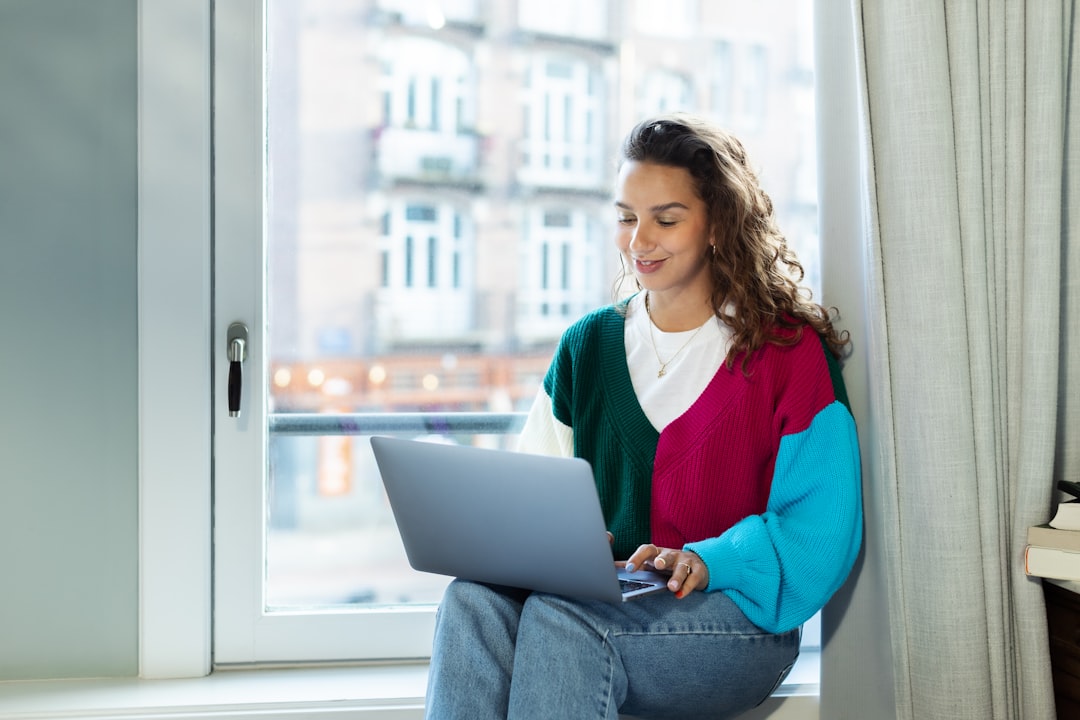
How to Scale Your Remote Business Without a Traditional Office
Discover how to scale a remote business with a remote first mindset, digital tools, intentional communication, and purposeful processes so you can grow without a traditional office.
2 months ago

Essential Finance Taxes Legal Guidance and Insurance Options for Modern Nomads
A practical roadmap for digital nomads that untangles finance, tax, legal and insurance challenges, showing how to build a portable money system, stay compliant worldwide, protect yourself and keep more of your earnings while you roam
2 months ago
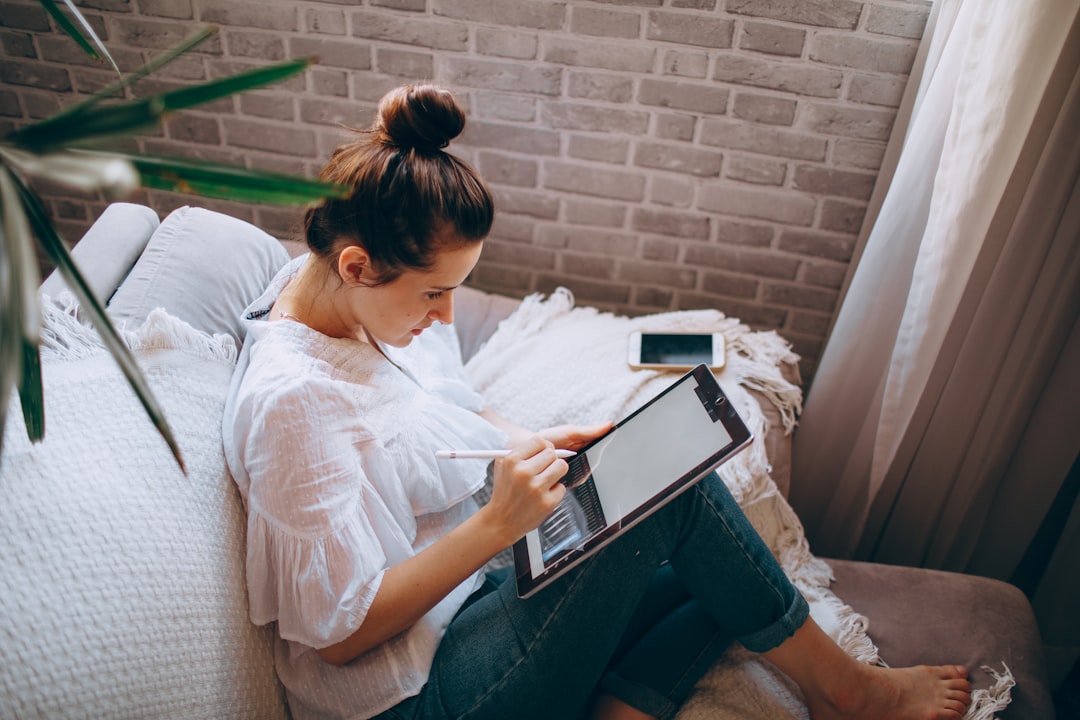
Offshore Strategies and Legal Hacks for Modern Nomads
Learn how modern nomads can protect assets, cut tax leakage and stay compliant by using offshore structures, smart residency planning, travel-proof banking, and legal hacks, all in one clear roadmap.
3 weeks ago
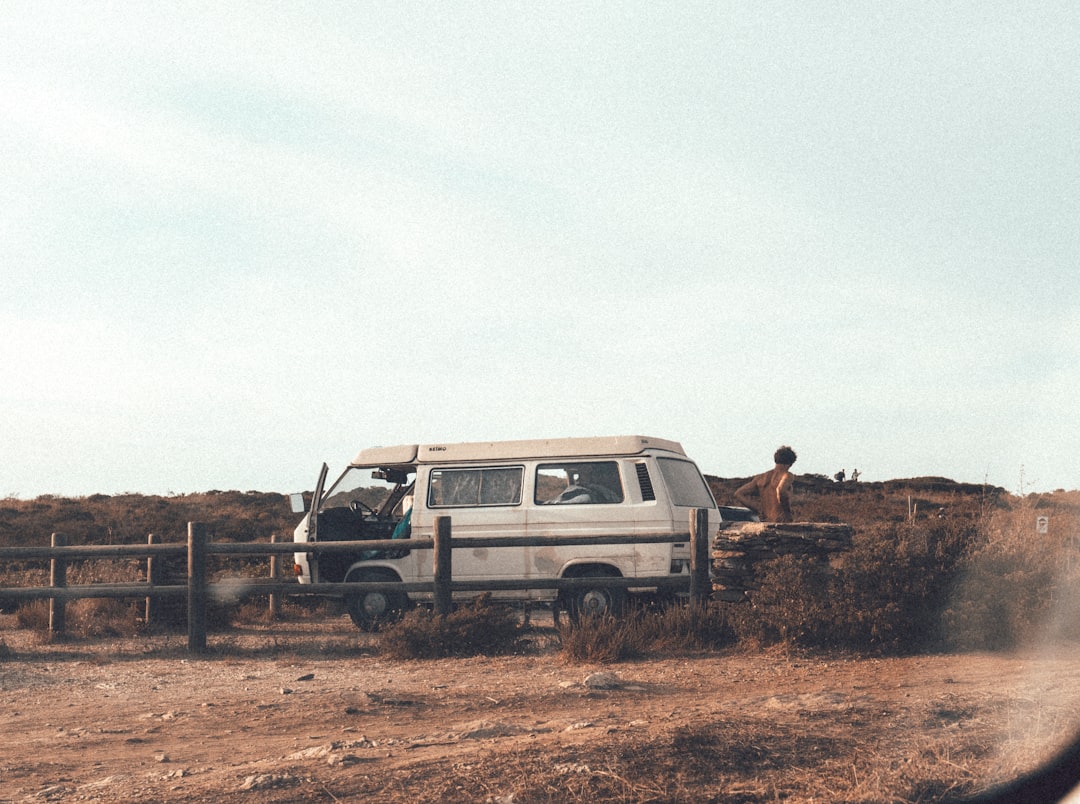
Road Ready Mindset Building Community and Health for Nomads
Discover a road ready mindset that keeps digital nomads healthy, productive, and connected. Learn practical habits, mental health tricks, and community building tips you can use anywhere from Bangkok cafés to Portuguese co living villages.
2 months ago
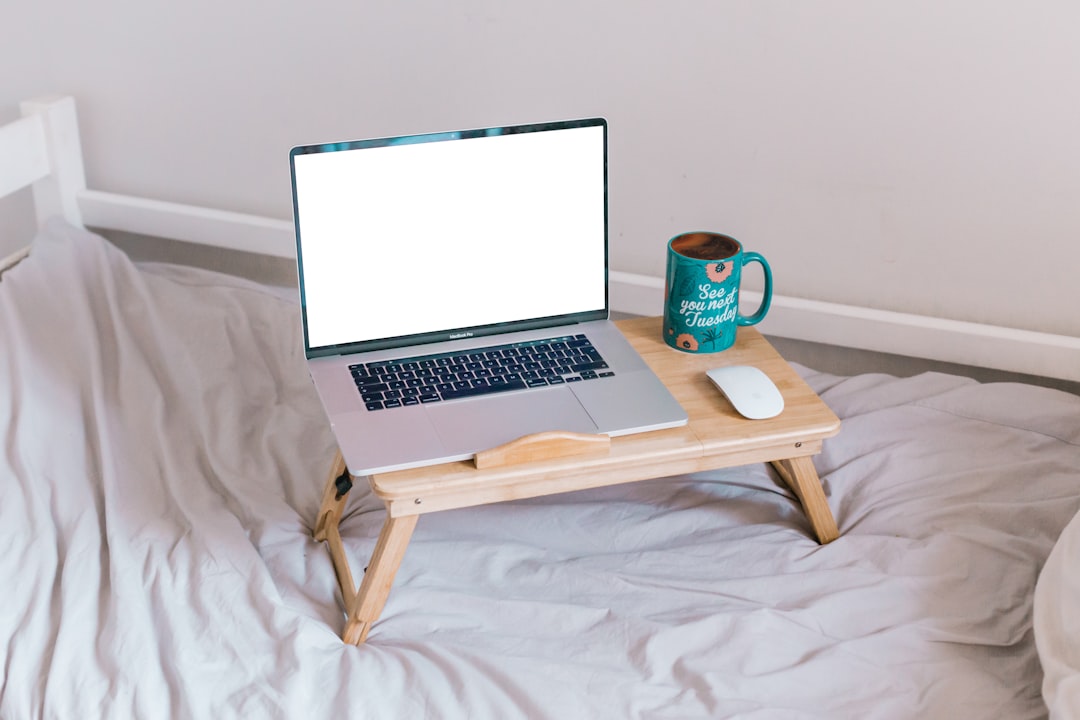
How to Build a Nomadic Toolkit With Free and Paid Resources
Discover how to craft a nomadic toolkit that blends free and paid tools across connectivity, finance, productivity, health, and growth, with a clear roadmap and ready-to-use checklist for any location-independent lifestyle
2 weeks ago
Latest Posts

Essential Software Every Remote Professional Should Use
Master remote work with essential tools: instant messaging like Slack, high definition video calls such as Zoom, and asynchronous voice apps. Streamline communication, stay connected and boost productivity.
1 day ago

Mastering Remote Work Productivity for Digital Nomads and Freelancers
Learn proven habits, tools, and tactics that help digital nomads and freelancers stay focused, deliver quality work, and maintain a sustainable lifestyle while traveling the world.
1 day ago

Tech‑Friendly European Towns Perfect for Remote Living
Discover Europe’s best small towns where fast internet, affordable living and vibrant tech communities let you work remotely while soaking up historic charm, lakeside views or mountain air.
1 day ago